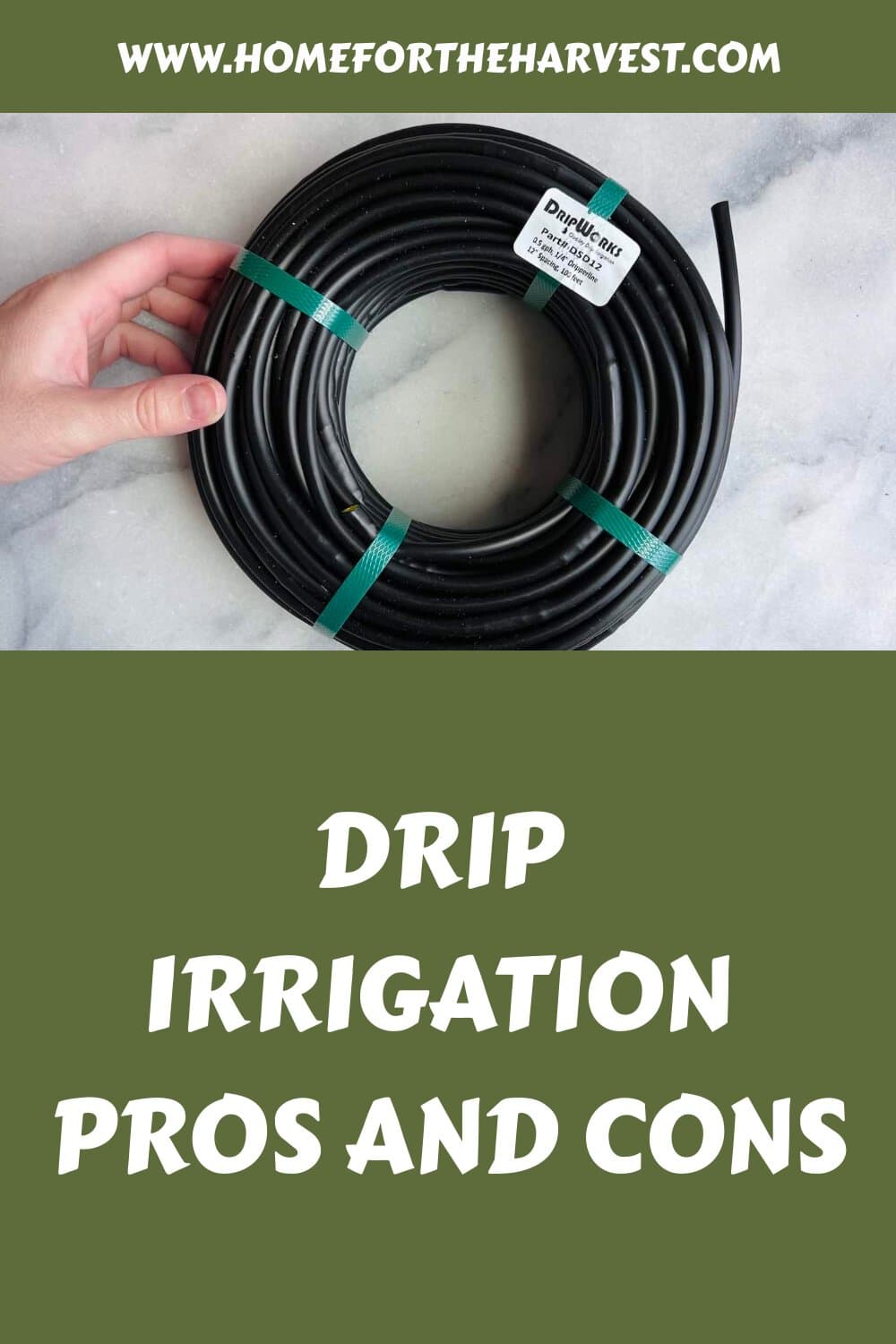Watering seems like one of the most simple gardening tasks. It certainly can be, but there are also many ways it can go wrong. One way to resolve your watering woes is by installing a drip irrigation system, especially in productive gardens where watering can make or break a harvest. But like any system, there are drip irrigation pros and cons to consider.
Drip irrigation comes with many benefits, from water saving to efficiency and disease prevention. There are downsides in costs and maintenance to consider, but these can often be managed, making installing a drip irrigation system well worth the effort.
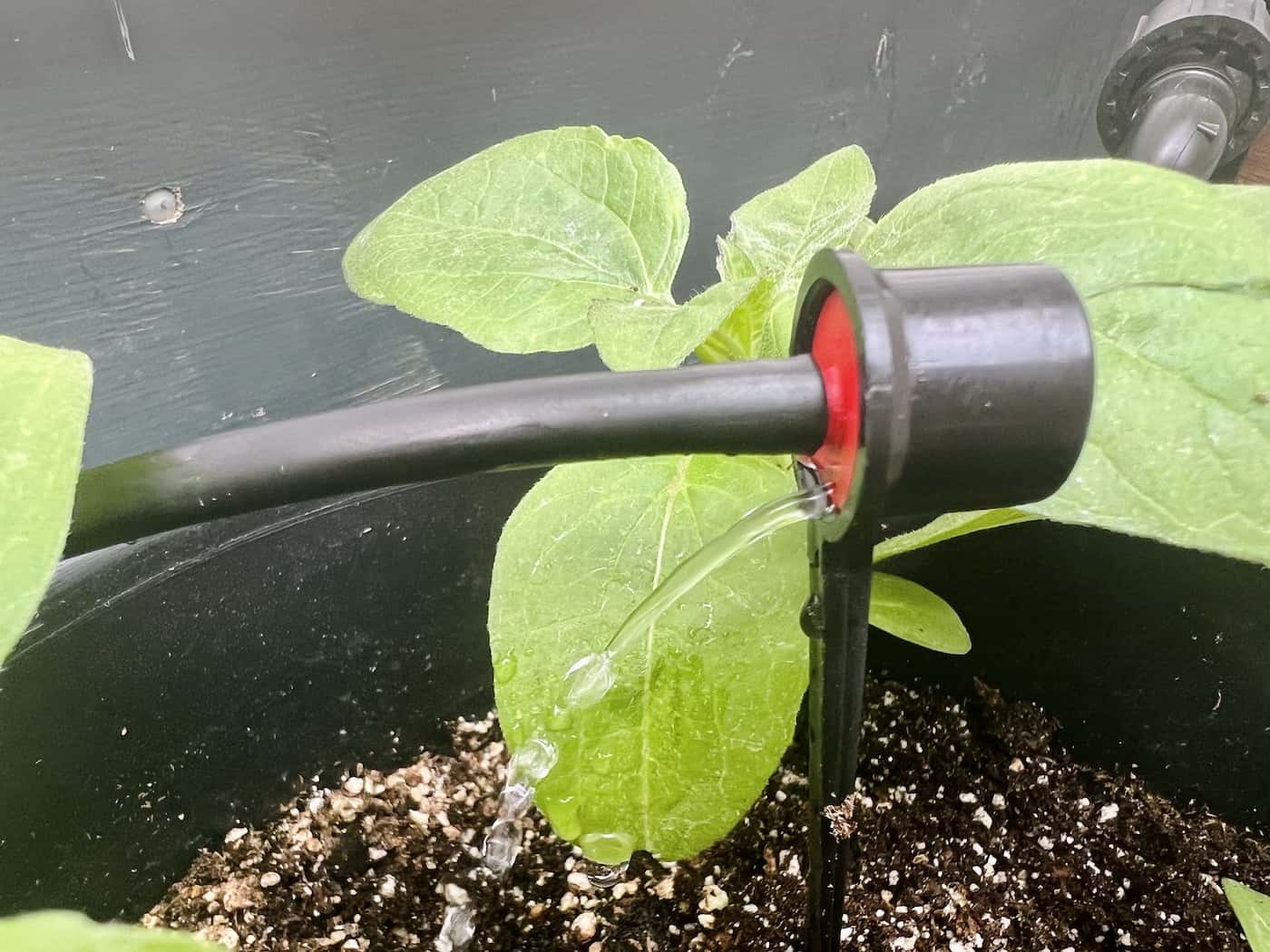
Drip irrigation pros and cons
Drip irrigation is a watering system that slowly releases moisture directly to the roots of your plants to keep them hydrated. Through a network of tubes, valves, and emitters, water drips slowly to the soil, allowing plants to absorb moisture directly where they need it most.
This system comes with many pros, which is why it has become so popular for home gardeners in recent years. But, as with anything, there are also a few cons to consider.
Pros of drip irrigation
Saving water
If water conservation is a priority in your garden, drip irrigation is a must-have. Traditional sprinkler systems or manual watering techniques often lead to water being wasted due to evaporation or runoff. This is especially prevalent in windy conditions or when watering uneven terrain, where our watering practices before far less efficient than we may think.
With drip irrigation, water is delivered directly to the root zone of each plant, minimizing evaporation and preventing wastage. You’re able to make the most out of every drop of water, saving a precious resource and potentially reducing your water bill.
Lower risk of disease
Plants are susceptible to various diseases and fungal growth when watered overhead with constantly damp leaves. Drip irrigation provides the perfect solution to this issue by delivering water directly to the soil at the root level. This prevents the foliage from getting wet, reducing the chances of diseases spreading through the garden.
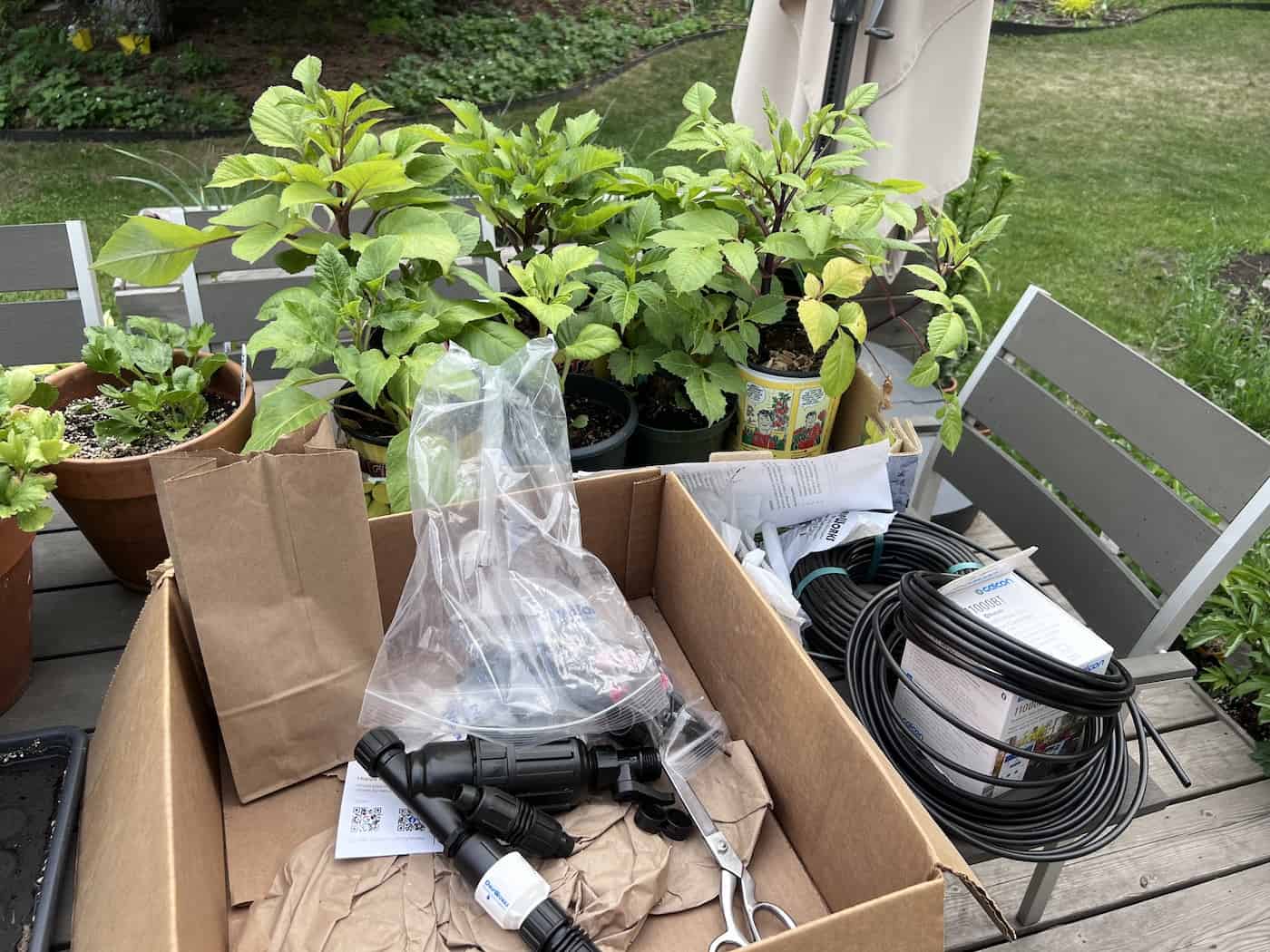
More efficient watering
Drip irrigation not only conserves water, but also ensures that the water delivered is used as effectively as possible. Drip irrigation’s slow and steady watering allows the water to seep deeply into the soil, encouraging deeper root growth. The result is healthier, more resilient plants that can withstand dry periods more effectively.
Easy to modify
As your garden evolves, your drip irrigation system can evolve with it. Whether you’ve added new plants that require more water or changed the layout of your garden, adjusting your drip irrigation system is often as simple as moving tubes or adding new emitters. This level of flexibility is a major advantage, allowing your watering system to grow and change along with your garden.
Convenient for busy gardeners
For gardeners juggling busy schedules, a drip irrigation system can be a true lifesaver. Once the system is set up, it can be automated to water your plants, allowing you to focus on other tasks. No more worries about plants wilting from neglect or your garden suffering while you’re on vacation. Plus, the convenience of an automated system means you’ll have more time to enjoy the fruits of your labor too.
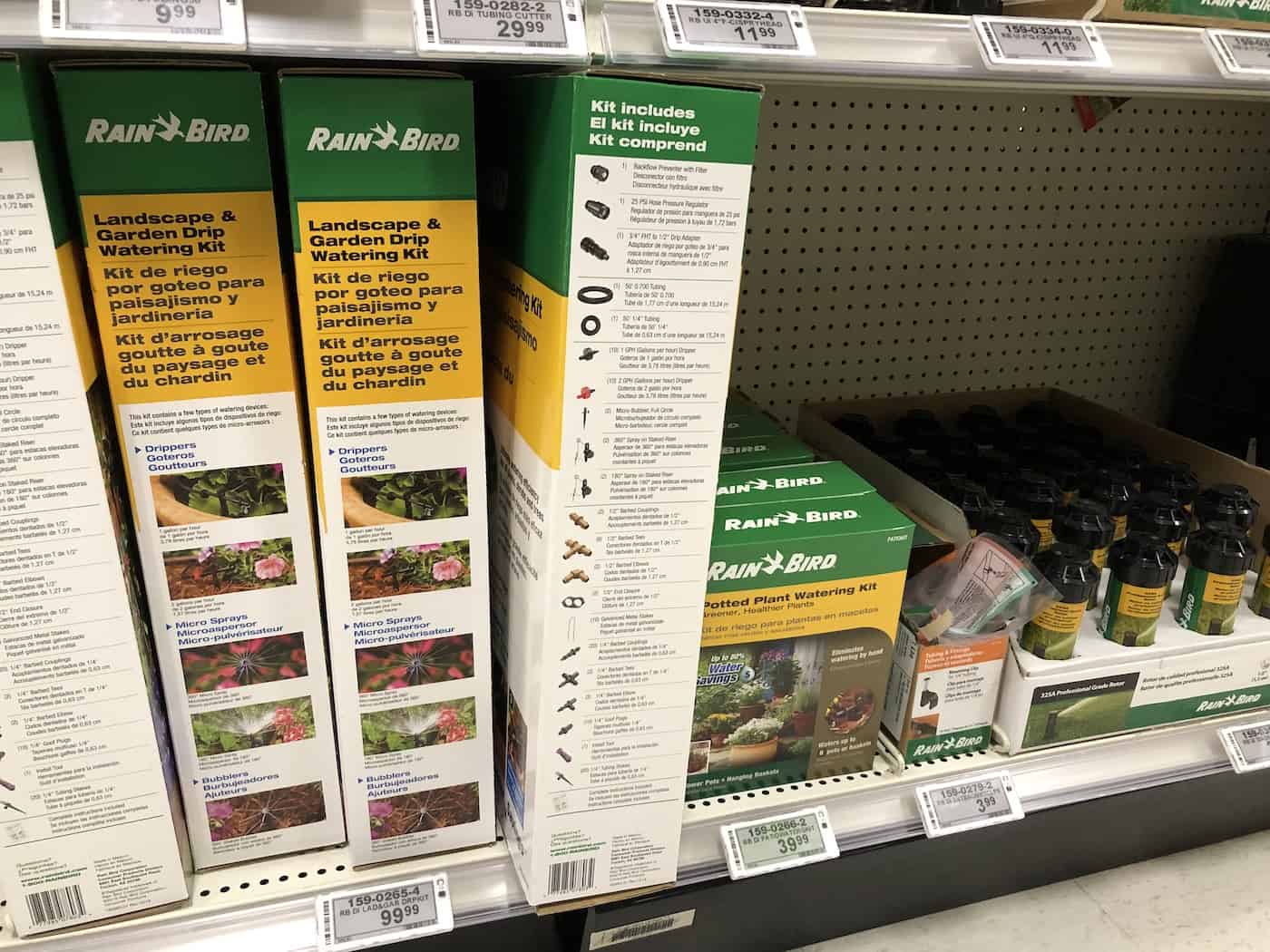
Cons of drip irrigation
Can be tricky to install
Setting up a drip irrigation system can seem daunting, particularly if you’re a new gardener or not into DIY projects. From figuring out your garden’s watering needs to determining the layout and installing the components, it can feel like there’s a lot to learn. I tried to install one myself from scratch, but eventually settled on a kit that comes with everything you need, including instructions. This took a lot of the guesswork out of the process, but you can try developing your own system if that works for you.
Materials can be expensive
The upfront costs associated with drip irrigation are quite high, especially if you’re setting up a large system for an expansive garden. You’ll need to purchase tubing, emitters, filters, a backflow preventer, and possibly a timer. But luckily, these initial costs can help pay for themselves over time due to the water savings provided. And if not, you’ll be saving yourself time anyway.
Requires high water quality
Drip irrigation systems work best with clean water. Dirty or hard water can lead to clogging of the emitters or damage to the tubing over time. As a result, you might need to invest in a water filtration system depending on the water quality in your region, adding to the overall cost and maintenance of your irrigation system.
Pest damage
While it’s not a problem in every garden, garden pests like rodents and insects can chew on and damage drip irrigation lines. Regular inspections are necessary to spot and fix leaks or blockages. Additionally, you may need to take preventative measures like pest repellents or rodent-proof tubing to protect your system.
Garden equipment damage
Your drip irrigation system can also be inadvertently damaged by you, not just pests, during regular garden activities. For example, you might accidentally cut a line while digging or moving equipment in the garden. Surface-level systems are particularly vulnerable to this type of damage. It’s important to remember where your lines are and to work carefully around them to avoid costly problems.
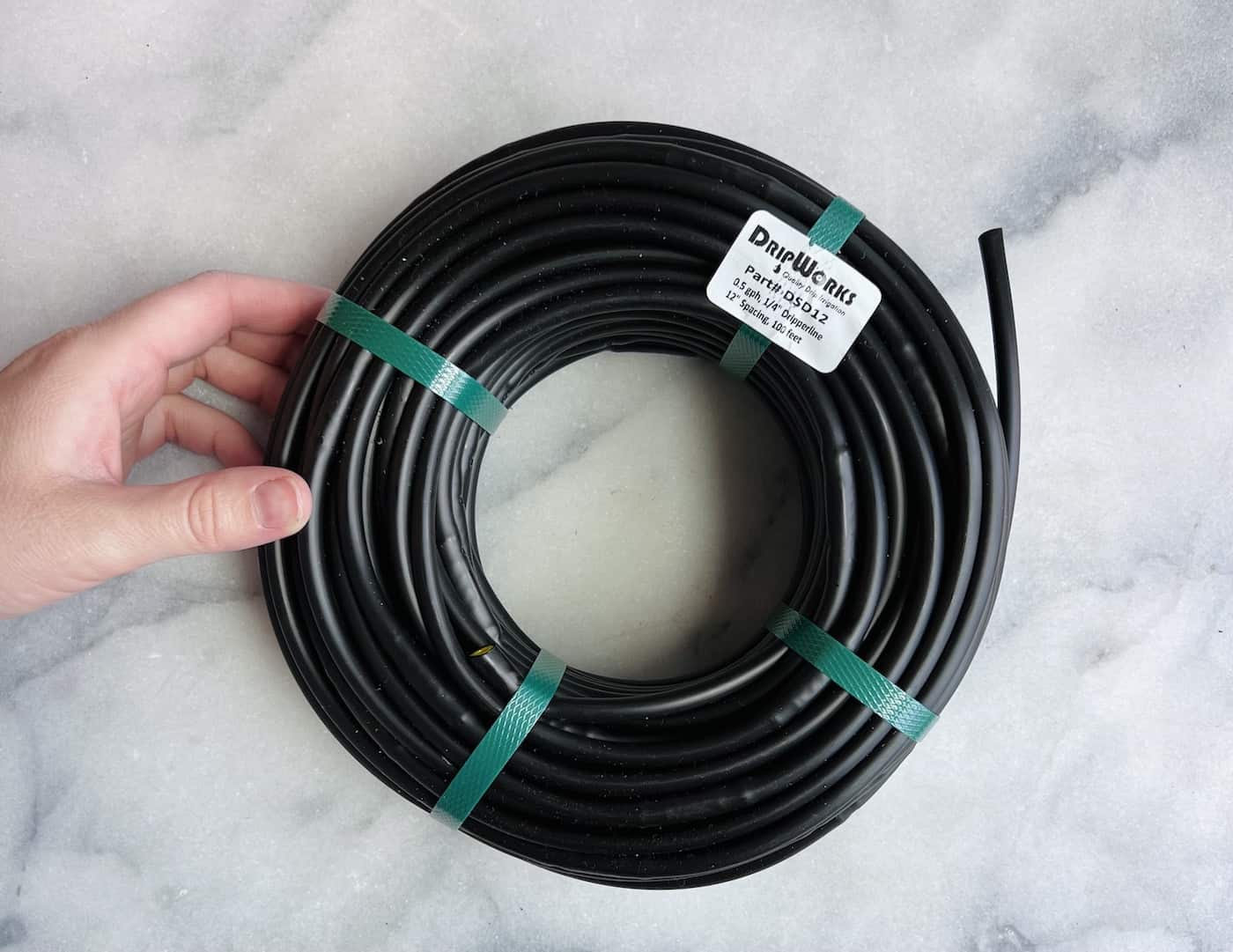
The verdict
Looking at the pros and cons, the benefits of drip irrigation systems are substantial enough to outweigh the drawbacks. The system’s long-term efficiencies and benefits can offset the initial challenges and costs. It may require an investment of time and money upfront, along with regular maintenance. But the water savings, disease prevention, and convenience that drip irrigation brings make it an ideal choice for any gardener willing to put in the effort.


